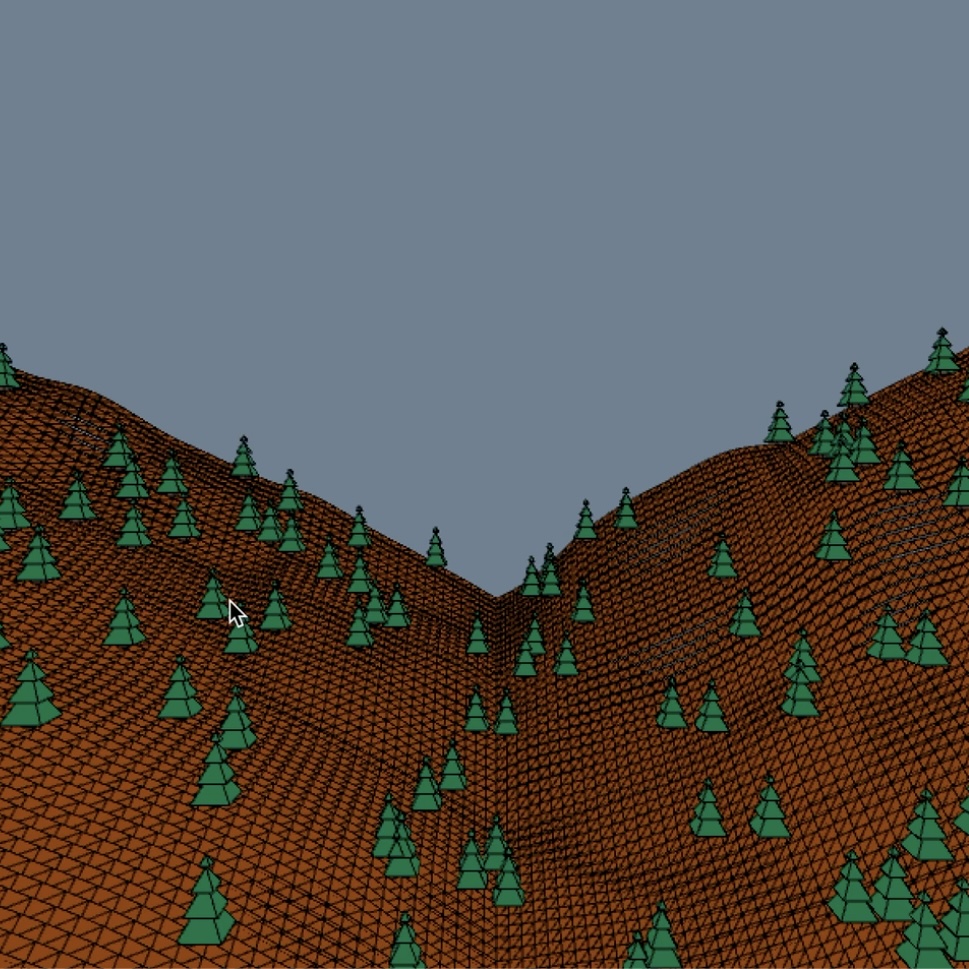Floral Serenade
An Immersive Experience of Music and Light
Physical Computing
Introduction
By performing Fast Fourier Transform (FFT) analysis on the audio signal, the visualiser translates sound frequencies into light patterns. Designed for simplicity, it requires no setup or connections—music played in the space is instantly picked up.
Research & Inspiration
The inspiration for this project stems from a blend of influences. Inspired by Rafael Lozano-Hemmer’s “Pulse Topology,” which uses light bulbs to reflect heartbeats, I became drawn to the interplay of light and human experience.
Additionally, light-up room speakers that synchronise colours with music sparked the idea of incorporating sound into visual displays. I envisioned a light-up flower garden—a harmonious blend of technology and nature, offering both vibrancy and serenity within a personal space.
Development
- Initial limitations with RGB LEDs and the Arduino Leonardo board led to exploring NeoPixels, ultimately providing the best solution for a dynamic, visually appealing display.
- Enhanced the visualizer from a basic four-circle mode to a more vibrant and engaging multi-color mode, focusing on user experience.
- Addressed power constraints by incorporating an external power source to maintain stable performance for 40 LEDs.
-
Sound Analysis and Signal Processing:
Utilised a sound sensor to capture environmental sound waves and convert them into an electrical signal for analysis.
Applied the Fast Fourier Transform (FFT) algorithm to break down the sound into frequency-domain components, extracting amplitude and phase information for each frequency. -
Data Storage and Visualization Modes:
Stored FFT results in arrays to manage amplitude (REAL) and phase (IMAGINARY) data. Implemented two display modes:
Mode 0: Assigns frequency ranges to LED sections, each represented by a unique color.
Mode 1: Uses color gradients to reflect amplitude across multiple LED segments for a more detailed representation. -
Libraries Used:
Adafruit_NeoPixel.h for controlling NeoPixel LEDs
arduinoFFT.h for performing FFT analysis on sound signals
Reflections
This project highlighted the importance of robust hardware connections, as damaged or disconnected cables disrupted the circuit, causing the outer flowers to fail to light up. Despite extensive efforts to solder, glue, and secure the connections, the issue persisted. Future improvements could focus on exploring alternative assembly techniques or more durable connection methods to ensure reliability. Additionally, transitioning to NeoPixels and implementing FFT analysis demonstrated the value of precise data processing for accurate and engaging visualisations.


